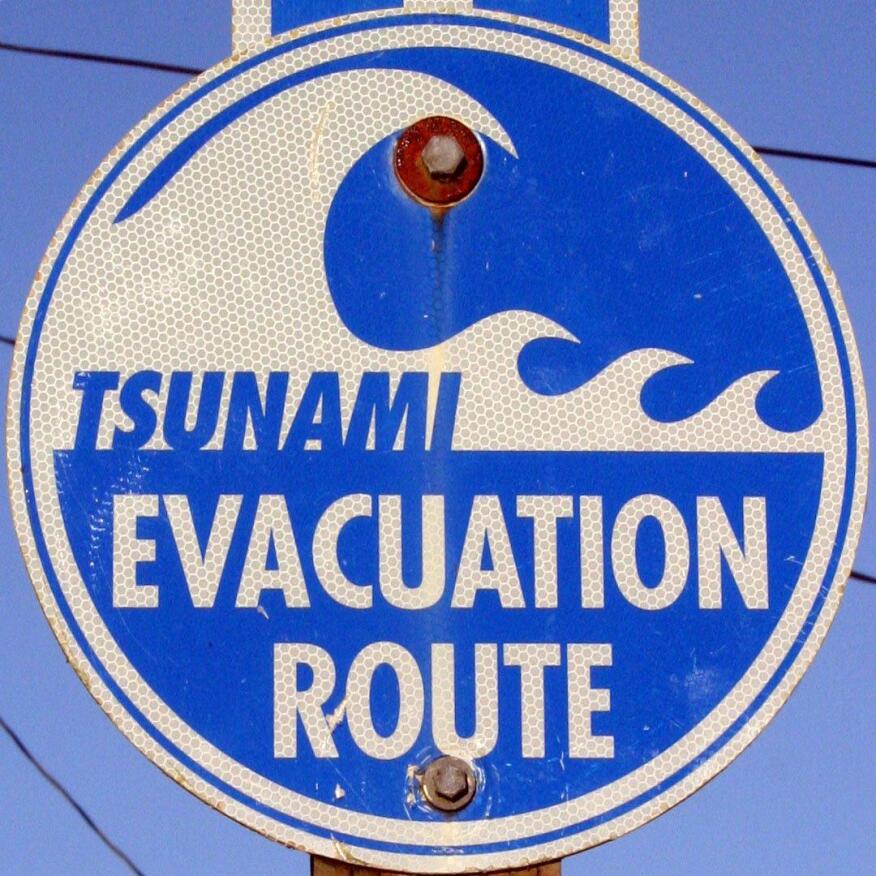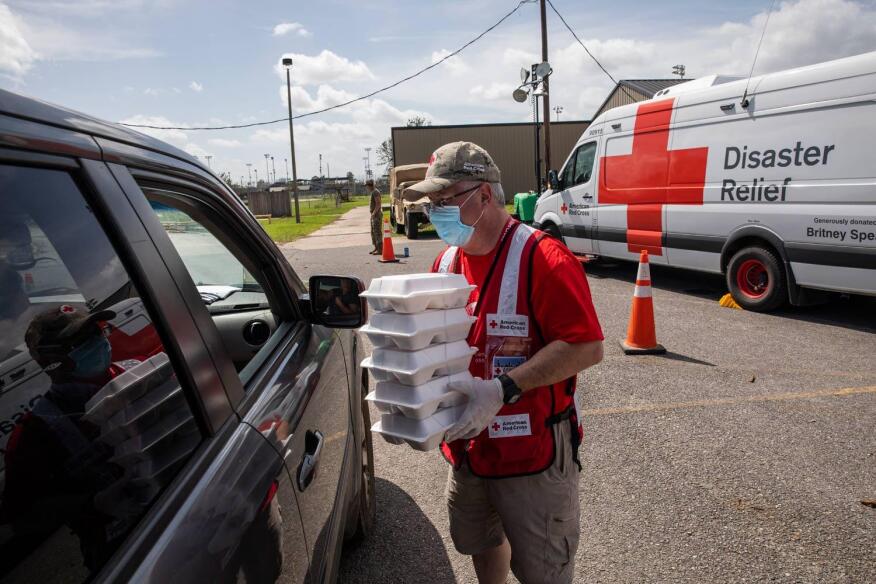
Disaster Management Manual
A manual for practitioners and decision makers!

Disaster Management Manual
A manual for practitioners and decision makers!
Disaster related evacuations generally occur in multiple phases which may include readiness/preparation, activation/notification, evacuation/displacement, and re-entry/recovery.

